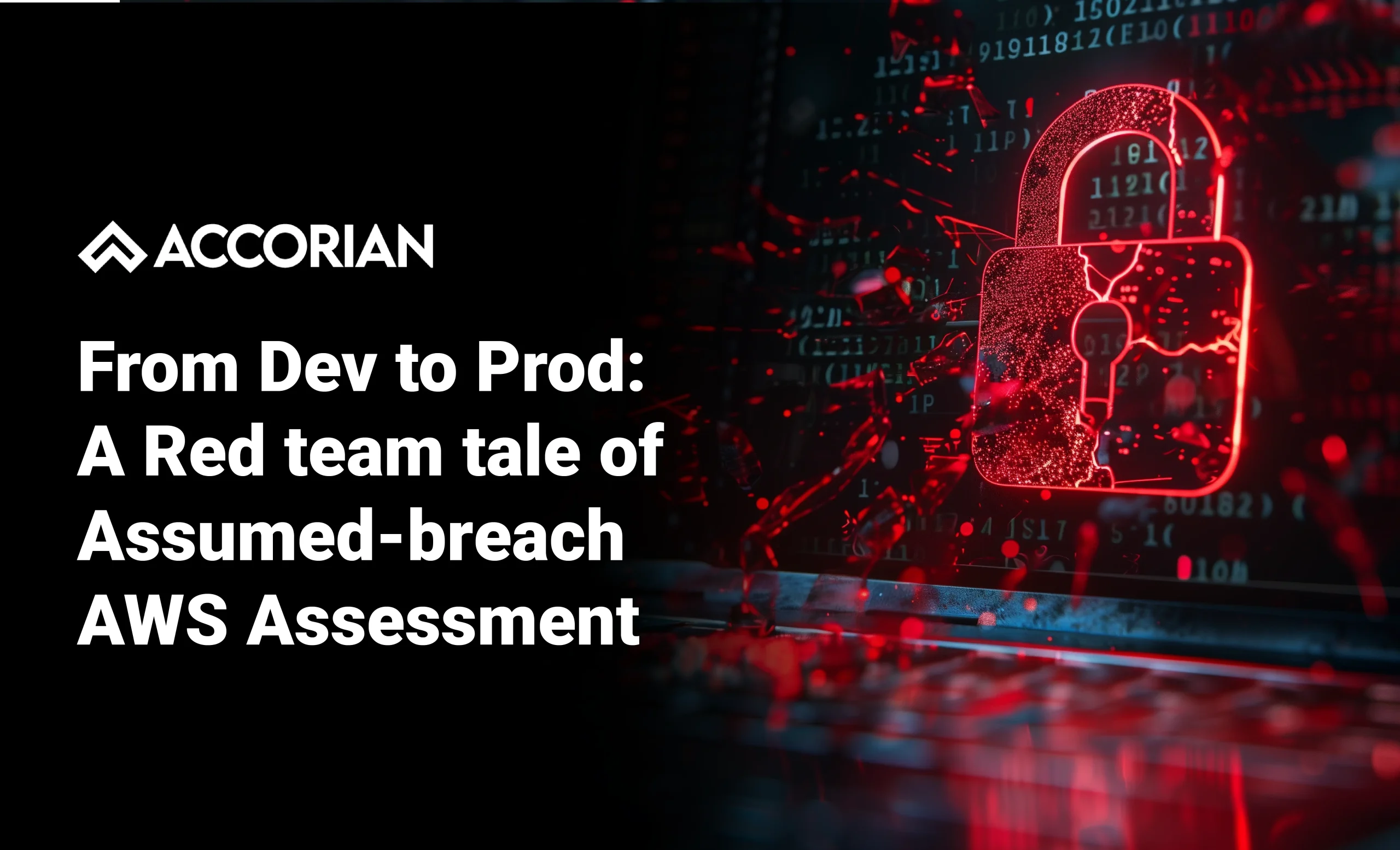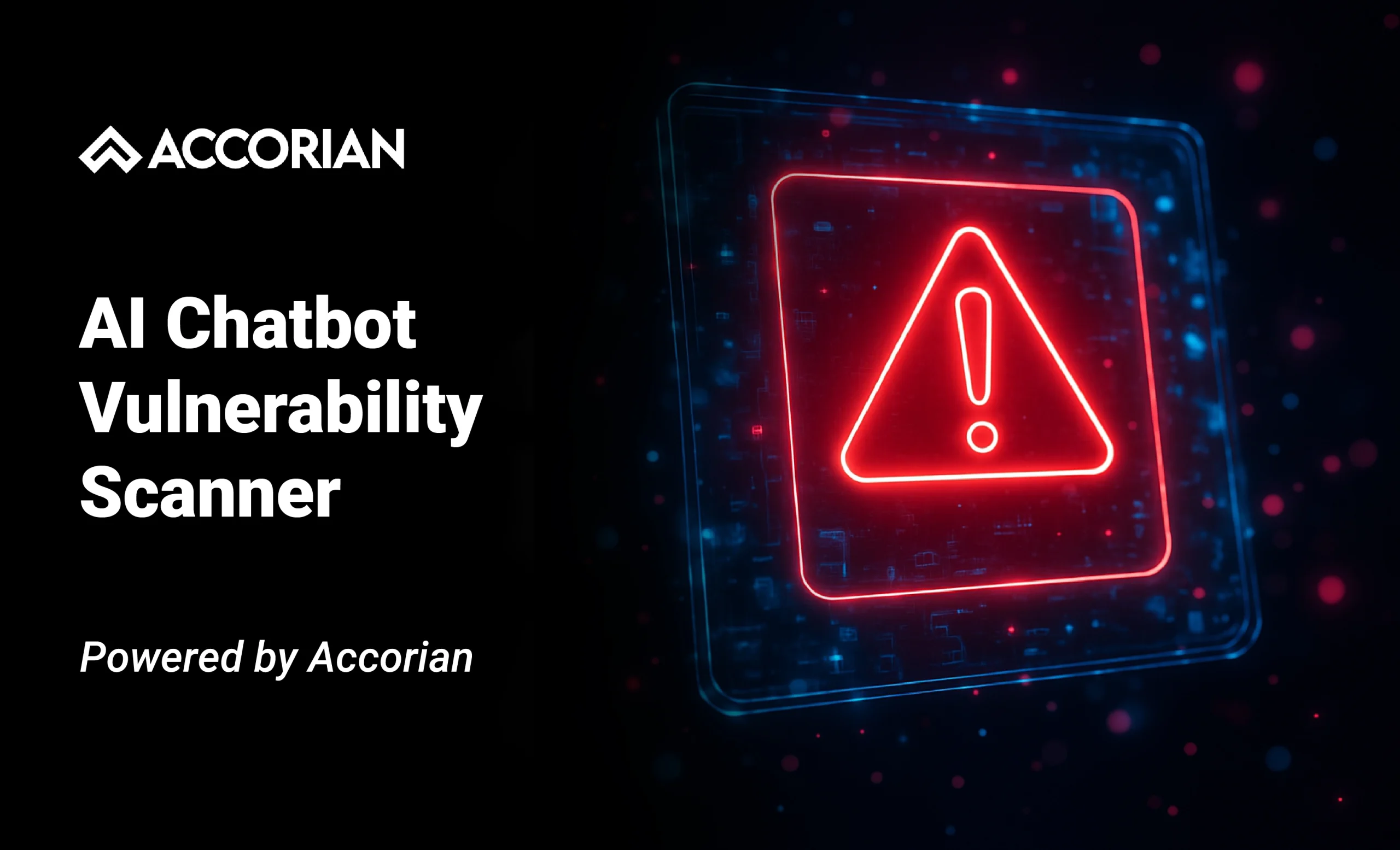AI Security Governance
As businesses across sectors scramble to incorporate AI into their operations, more are finding an unpalatable truth: left unchecked, AI can be a major liability. We’ve witnessed companies deal with everything from controversial algorithmic bias moments to catastrophic security exploits that leaked sensitive customer information. The zeal over the prospect of AI shouldn’t blind us to the very real danger that accompanies it. The good news? Organizations that take the time to establish thoughtful AI security governance from the start position themselves to harness AI’s transformative power while protecting what matters most—their reputation, their customers, and their bottom line.
What is AI Security Governance?
This framework covers all from the way you manage the data that trains your models through ensuring your AI systems are fair and transparent throughout their operational cycle. Compared to legacy IT governance, AI governance has the added challenge of having to deal with questions that hadn’t arisen a decade ago: How do we ensure our models won’t embed damaging biases? What is the implication when an attacker attempts to manipulate our AI system? How do we provide an explanation for automated decisions to regulators or impacted customers?

01
Enhanced Risk Management and Threat Mitigation
Instead of waiting for things to happen, efficient AI governance assists you in detecting probable problems ahead of time. Your teams will review risks such as adversarial attacks, data poisoning, and privacy breaches that may compromise sensitive information systematically. Through this foresight, organizations can implement proactive countermeasures, strengthen defences, and rapidly respond to emerging threats, significantly reducing their impact.
02
Regulatory Compliance and Legal Protection
The AI regulatory environment is changing fast, with sets of guidelines such as the EU AI Act introducing new standards for using AI in a responsible way. Organizations with good governance frameworks are well-placed to handle these demands, whereas those without governance find it harder to keep up. It’s easy to show that you have responsible practices to regulators and stay away from costly fines if you have well-documented, auditable processes, and compliance procedures in place.
03
Improved Stakeholder Trust and Business Value
When investors, partners, and customers notice that you care about the security of AI, it becomes a source of competitive advantage. We have noticed that companies which have AI governance processes tend to enjoy better customer relations, simpler partnership negotiations, & more trust from investors. This is a very important asset as consumers and business associates become more literate in AI and raise difficult questions about how AI systems operate and if they can be relied upon.
Strategy To Set Up AI Security Governance
Establish Governance Structure and Leadership
Establish clear organization roles, such as AI governance committees, chief AI officers, and cross-functional teams with representatives from IT, legal, compliance, and business units. This structure should provide decision-making authority, escalation paths, and accountability mechanisms. The governance body should have enough authority and resources to enforce policies and make strategic decisions regarding AI security across the organization.
Develop Comprehensive Policies and Procedures
Create detailed policies covering AI development standards, security requirements, data handling procedures, and ethical guidelines. These policies will account for the whole lifecycle of AI, from data gathering to model building, testing, running, and maintenance. These procedures and guidelines must be updated periodically to capture new threats, new regulations, and new technology while being reasonable and feasible to implement.
Implement Risk Assessment and Management Processes
Implement systematic procedures for detection, assessment, and minimization of AI-typical risks, such as technical risks, ethical risks, and business risks. These involve creating risk registers, regular testing, and imposition of requisite controls and mitigation measures. The methodology should complement existing enterprise risk management paradigms while helping to overcome AI-specific issues.
Deploy Monitoring and Compliance Mechanisms
Incorporate ongoing monitoring systems to monitor AI system performance, security measures, and compliance levels. This entails setting key performance indicators, automated monitoring systems, and periodic audit procedures. The monitoring framework must give real-time insights into AI system activity and facilitate timely response to security breaches or compliance issues.
Develop Incident Response and Recovery Procedures
Incorporate definite incident response plans for AI-security incidents, such as containment, investigation, remediation, and recovery procedures. Such plans should cover multiple scenarios like model compromise, data breaches, and algorithmic failure. Such procedures should be part of current cybersecurity incident response capabilities and cover issues that are particularly unique to AI systems.
Roadmap For Setting Up AI Security Governance
Who Needs AI Security Governance?
Any organization that uses, develops, or relies on AI systems requires AI Security Governance, regardless of size or industry. This includes tech companies developing AI products, financial institutions using AI to detect fraud and engage in algorithmic trading, healthcare organizations using AI for diagnostics, retailers using recommendation systems, and manufacturing companies using AI for quality control and predictive maintenance. AI is increasingly pervasive in all sectors and industries and regulatory obligations increasingly stringent; the need for structured AI security governance will grow evermore, making it an essential requirement for virtually any organization that wants to leverage AI capabilities responsibly and securely.



